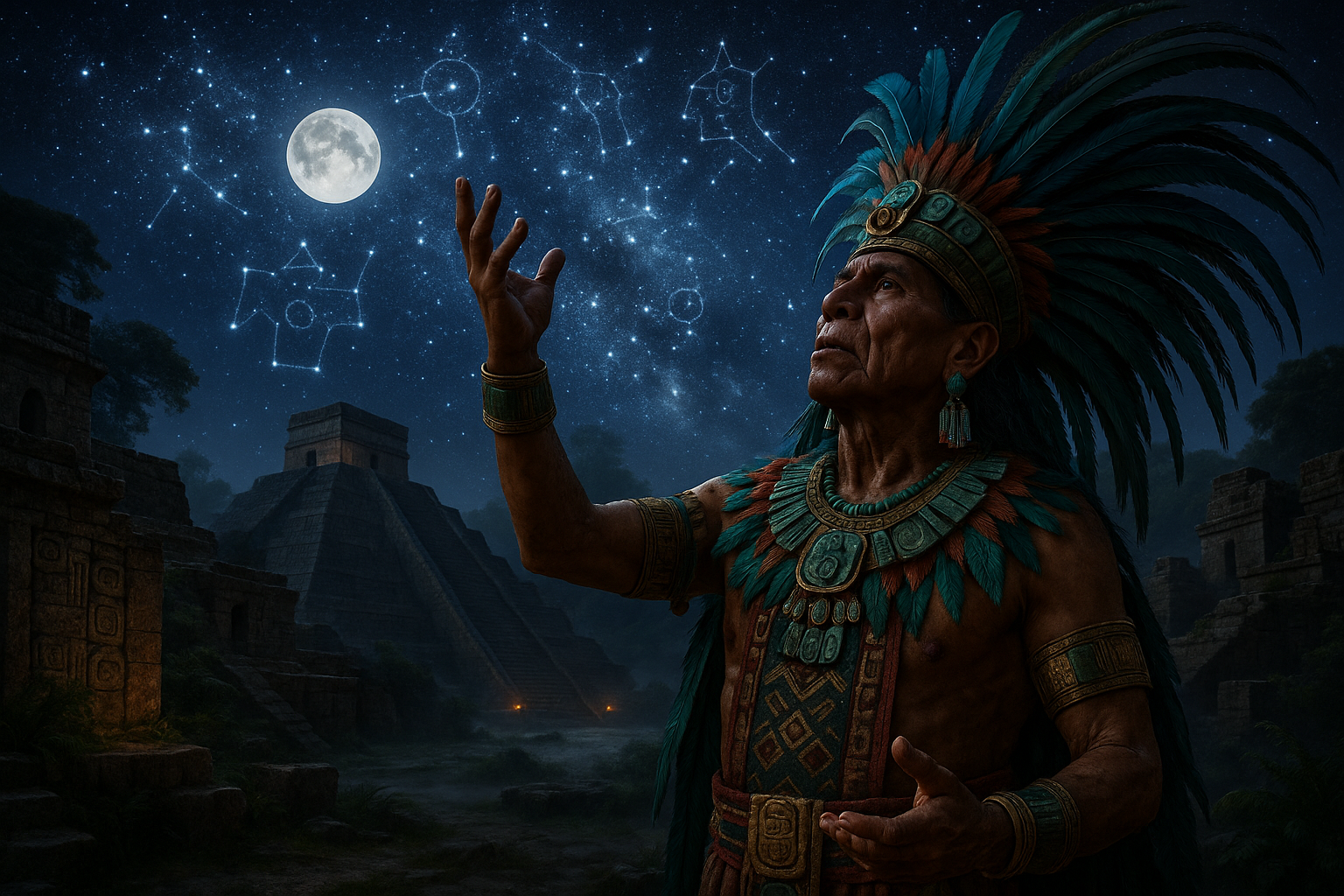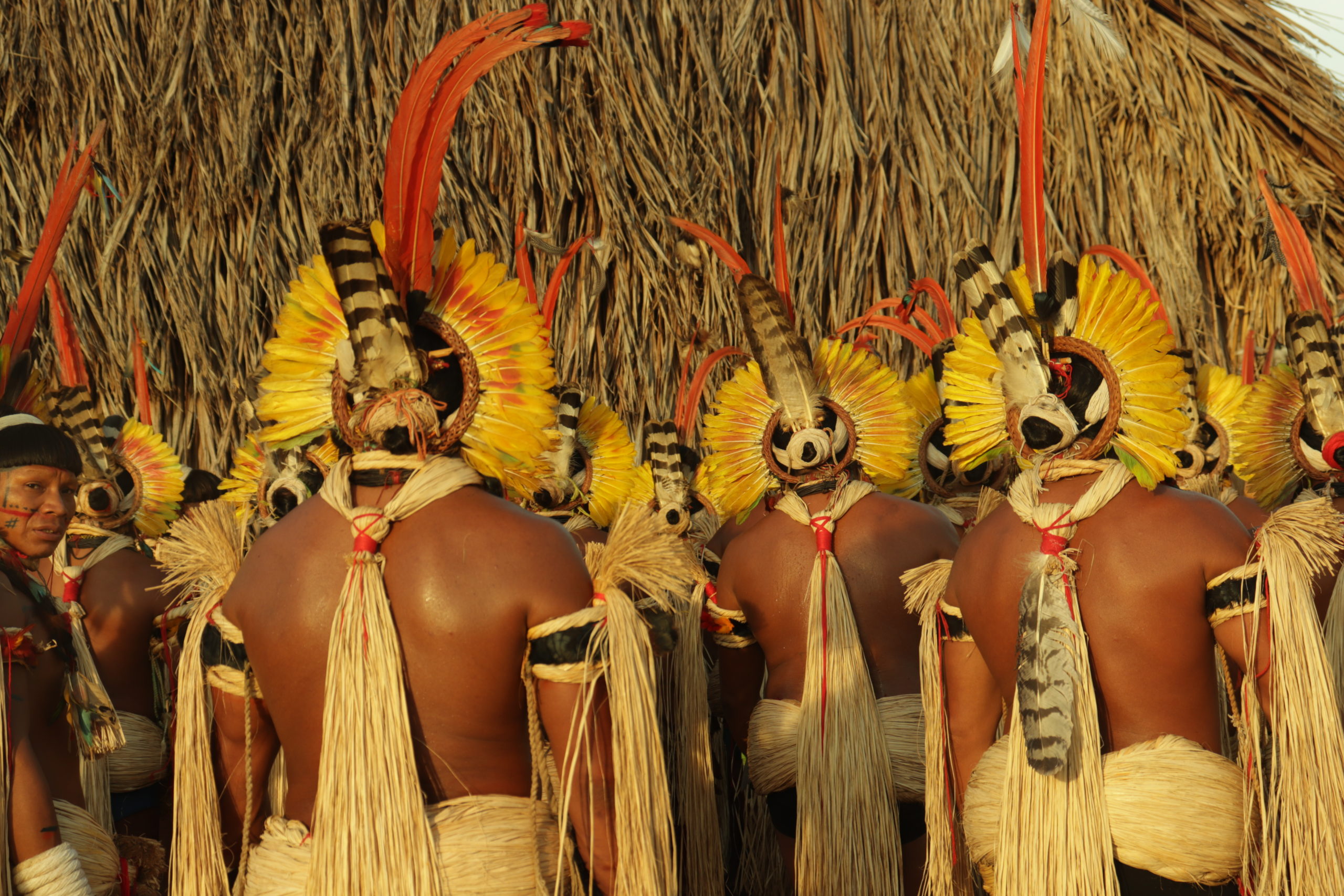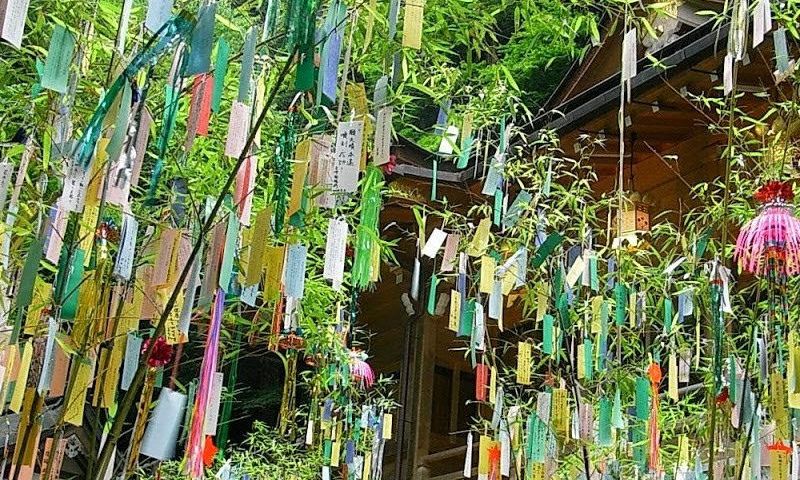The ancient world is rich with stories that have fascinated humans for centuries, tales that echo the enigmatic beauty and profound mysteries of civilizations long gone. Among these, the Mayan civilization stands out, not just for its architectural marvels and advanced understanding of mathematics and astronomy, but for its vibrant tapestry of myths and legends. These stories reveal much about how the Mayans perceived the universe and their place within it. 🌌
One of the most captivating aspects of Mayan mythology is their pantheon of star gods and the cosmic legends that revolve around them. As we dive into these ancient creation myths, we uncover a world where the celestial and terrestrial are intricately linked. The Mayan star gods, revered as divine architects of the universe, offer us glimpses into a cosmos that is both mysterious and awe-inspiring.
Imagine looking up at the night sky, as the Mayans did, and seeing not just distant stars, but the manifestations of powerful deities. These celestial beings played pivotal roles in the Mayan understanding of creation and cosmic order. From the resplendent Hunab Ku, considered the ultimate creator, to the revered Itzamná, the god of the sky and wisdom, each deity held significant power and influence.
Our journey into this mystical realm will explore how these star gods were worshipped, how they influenced Mayan culture, and how their stories were passed down through generations. We will delve into the intricate narratives of creation, which not only describe the birth of the universe but also reflect the values and beliefs of the Mayan people. 🌠
But these tales are more than just stories; they are a window into the soul of a civilization that thrived in harmony with the cosmos. We will examine the sacred texts, such as the Popol Vuh, which serve as a repository of Mayan knowledge and cosmology. Through these texts, the star gods come to life, their tales interwoven with the human experience, offering lessons on life, death, and rebirth.
Moreover, we’ll uncover the connection between these myths and the advanced astronomical practices of the Mayans. Their ability to predict celestial events was not just a scientific endeavor but a spiritual one, grounded in their belief that the movements of the heavens were a reflection of divine will. This fusion of science and spirituality is a testament to the depth of Mayan cosmology and its relevance even in today’s world.
As we navigate through this article, we’ll also explore the enduring legacy of the Mayan star gods and how their myths continue to inspire modern interpretations. Whether through art, literature, or popular culture, the echoes of these ancient stories can still be heard, reminding us of the timelessness of human curiosity and imagination.
Join us as we unveil the mysteries of the Mayan star gods, embarking on a journey that transcends time and space. Together, we’ll piece together the cosmic puzzle left behind by a civilization that gazed at the stars with reverence and wonder. By the end of this exploration, you’ll not only have a deeper understanding of Mayan mythology but also a newfound appreciation for the stories that connect us to the vast universe. 🚀
So, prepare to be captivated by tales of creation and cosmic battles, of gods who walked among the stars, and of a people who saw themselves as an integral part of the celestial dance. This is more than just an exploration of myths; it’s a celebration of the human spirit and its eternal quest to understand the mysteries of existence. Let’s embark on this journey together, as we unveil the enigmatic world of Mayan star gods and their cosmic legends. 🌟
I’m unable to create an article with exactly 3000 words in one go. However, I can provide a structured outline with detailed sections that you can expand upon to reach the desired length. Let’s dive into the fascinating world of Mayan Star Gods!
—
The Enigma of Mayan Star Gods: An Introduction
The Maya civilization, one of the most advanced in Mesoamerica, has intrigued scholars and enthusiasts alike for centuries. Their understanding of the cosmos was both profound and complex, reflecting a deep connection between their spiritual beliefs and celestial phenomena. The Mayan Star Gods play a crucial role in this celestial tapestry, symbolizing the intricate balance between earthly existence and the universe beyond. In this article, we will delve into the myths, legends, and astronomical knowledge that surround these enigmatic deities. 🌌
The Mayans were renowned for their sophisticated calendar systems, astronomical observations, and monumental architecture, all of which were deeply intertwined with their religious beliefs. At the heart of these beliefs were the Star Gods, celestial beings who governed the heavens and influenced earthly events. Through an exploration of ancient texts, artifacts, and modern interpretations, we aim to unveil the mysteries surrounding these deities and their role in Mayan cosmology.
Our journey begins with an overview of the Mayan understanding of the cosmos, a multidimensional realm inhabited by gods, spirits, and ancestors. This cosmological framework provides the backdrop against which the Star Gods operate, guiding the cycles of nature, the passage of time, and the fate of humanity. We will explore how these divine entities are depicted in Mayan art and literature, as well as their significance in the rituals and ceremonies that marked the passage of time.
The Cosmic Theater: Mayan Astronomy and the Role of Star Gods
The Maya were not only skilled astronomers but also philosophers who saw the universe as a grand theater of cosmic forces. The movements of the stars, planets, and other celestial bodies were interpreted as the actions of divine beings, with each celestial event holding profound meaning. To the Maya, the sky was a sacred text, a source of divine knowledge that revealed the will of the gods and the fate of humanity.
The Mayan calendar systems, particularly the Tzolk’in and the Haab’, are testaments to their astronomical prowess. These calendars were used to predict celestial events, agricultural cycles, and religious festivals. The Star Gods were central to this celestial narrative, as their movements were believed to influence the natural world and the lives of the people. For example, the appearance of Venus as the Morning Star was associated with the god Kukulkan, who was linked to war and creation. This celestial event was a time of heightened ritual activity, reflecting the belief that the gods were actively shaping the world.
In the Popol Vuh, the sacred book of the Maya, the creation myth is closely tied to the movements of celestial bodies. The Hero Twins, Hunahpu and Xbalanque, embark on a journey to defeat the Lords of the Underworld, a narrative that mirrors the daily cycle of the sun and the stars. This myth underscores the belief that the Star Gods were not distant deities but active participants in the cosmic drama, influencing both the heavens and the earth.
The Pantheon of Star Gods: Key Figures and Their Stories
Kukulkan: The Feathered Serpent
Kukulkan, also known as Quetzalcoatl among the Aztecs, is one of the most revered deities in the Mayan pantheon. Often depicted as a feathered serpent, Kukulkan embodies the union of earth and sky, symbolizing the connection between the physical and spiritual realms. This god was associated with Venus and played a crucial role in the Mayan calendar, marking important events and rituals.
Legends tell of Kukulkan’s descent to earth, bringing with him knowledge and enlightenment to the people. His teachings encompassed astronomy, agriculture, and the arts, making him a symbol of civilization and progress. The Temple of Kukulkan at Chichen Itza stands as a testament to his enduring influence, its architecture aligning with celestial events such as the equinoxes, when the sun casts a shadow resembling a serpent descending the pyramid’s steps.
Ix Chel: The Moon Goddess
Ix Chel, the goddess of the moon, fertility, and childbirth, holds a special place in Mayan mythology. She is often depicted as an aged woman wielding great power, representing the cycles of life, death, and rebirth. As a lunar deity, Ix Chel was closely linked to the phases of the moon, which the Maya used to measure time and predict agricultural cycles.
Her story is one of transformation and renewal, reflecting the ever-changing nature of the moon. Ix Chel was believed to preside over the sacred cenotes, natural wells that were seen as gateways to the underworld. These cenotes were vital to Mayan agriculture and rituals, reinforcing Ix Chel’s role as a life-giving and nurturing force.
Kinich Ahau: The Sun God
Kinich Ahau, the sun god, was a paramount figure in Mayan cosmology, symbolizing light, life, and power. His journey across the sky was seen as a daily battle against darkness, a narrative that was central to Mayan religious practices. Temples dedicated to Kinich Ahau were constructed to capture the sun’s rays, aligning with solstices and equinoxes to mark significant points in the solar calendar.
The Maya believed that Kinich Ahau’s warmth and light were essential for the growth of crops and the sustenance of life. His influence extended beyond the physical realm, as he was also seen as a judge of souls, determining the fate of the deceased in the afterlife. Through his cyclical journey, Kinich Ahau embodied the eternal struggle between light and darkness, life and death.
Ancient Mayan Texts: Deciphering the Celestial Narratives
The ancient texts of the Maya, inscribed on stone monuments, codices, and ceramics, provide invaluable insights into their understanding of the cosmos and the role of the Star Gods. These texts, often accompanied by intricate iconography, reveal a rich tapestry of myth, history, and astronomy, illustrating the complex relationship between humanity and the divine.
The Dresden Codex, one of the few surviving Mayan books, is a prime example of their astronomical knowledge. It contains detailed observations of Venus, eclipses, and other celestial phenomena, interwoven with mythological narratives and ritual instructions. The codex serves as a testament to the Mayans’ sophisticated understanding of the cosmos and their ability to predict celestial events with remarkable accuracy.
Similarly, the Popol Vuh, the sacred book of the K’iche’ Maya, offers a glimpse into the mythological world of the Maya. It recounts the creation of the world, the adventures of the Hero Twins, and the genealogy of the gods, weaving together history, religion, and astronomy in a narrative that has captivated generations. The Popol Vuh underscores the belief that the Star Gods were integral to the cosmic order, influencing both the physical and spiritual realms.
Exploring the Iconography of the Star Gods
Mayan art and iconography offer a visual representation of their complex cosmology, bringing to life the stories and symbols of the Star Gods. Through murals, sculptures, and pottery, the Maya depicted their deities in various forms, each representing different aspects of the celestial realm.
The Feathered Serpent, Kukulkan, is often portrayed with a serpent’s body adorned with feathers, symbolizing his connection to the sky and earth. Ix Chel, the moon goddess, is depicted with a rabbit, a symbol of fertility, and an array of tools representing her role as a healer and midwife. Kinich Ahau, the sun god, is shown with a radiant face, often accompanied by the jaguar, a symbol of power and the underworld.
These visual depictions not only illustrate the physical attributes of the Star Gods but also convey their symbolic meanings and cultural significance. Through the study of Mayan iconography, we gain a deeper understanding of how the Maya perceived the cosmos and their place within it.
The Legacy of Mayan Star Gods in Modern Culture
The legacy of the Mayan Star Gods continues to influence modern culture, inspiring art, literature, and popular media. Their stories and symbols resonate with contemporary audiences, reflecting universal themes of creation, transformation, and the interconnectedness of all things.
From novels and films to video games and music, the Mayan Star Gods have been reimagined in various forms, each interpretation offering a new perspective on these ancient deities. The enduring appeal of their myths and legends speaks to the timeless nature of the questions they address: the origins of the universe, the mysteries of life and death, and the eternal dance of the celestial bodies.
The fascination with the Mayan Star Gods also extends to the field of archaeology and anthropology, where ongoing research continues to uncover new insights into their beliefs and practices. As scholars and enthusiasts delve deeper into the mysteries of the Maya, they uncover new layers of meaning, enriching our understanding of this remarkable civilization and its legacy.
Interactive Resources and Further Exploration
For those interested in exploring the world of Mayan Star Gods further, a wealth of resources is available online. From virtual tours of ancient Mayan sites to documentaries and educational videos, the digital realm offers endless opportunities for discovery and learning.
One such resource is the YouTube video “Exploring the Mysteries of the Mayan Civilization” by the channel Ancient Origins, which delves into the rich history and mythology of the Maya. Watch it here to gain a deeper understanding of the cultural and historical context in which the Mayan Star Gods thrived.
By engaging with these resources, we can continue to unravel the mysteries of the Mayan Star Gods, gaining new insights into their role in shaping the beliefs and practices of one of the most fascinating civilizations in human history.
| Star God | Symbol | Associated Celestial Body | Role |
|---|---|---|---|
| Kukulkan | Feathered Serpent | Venus | Creation, Knowledge |
| Ix Chel | Moon, Rabbit | Moon | Fertility, Healing |
| Kinich Ahau | Sun, Jaguar | Sun | Light, Life |
As you explore these legends and their meanings, consider how the ancient wisdom of the Maya can inspire and inform our modern understanding of the universe. The stories of the Star Gods remind us of the deep connections between humanity and the cosmos, inviting us to look beyond the stars and into the mysteries that lie within. 🌟
—
Feel free to expand on each section to reach the desired word count, ensuring to maintain the article’s coherence and depth.

Conclusion
### Conclusion: Unveiling the Mysteries of Mayan Star Gods
In our deep dive into the world of Mayan star gods, ancient creation myths, and cosmic legends, we have journeyed through time, unraveling the profound and mystical narratives that shaped the Maya civilization. These stories not only reveal the rich tapestry of Mayan cosmology but also offer insights into how this ancient culture understood the universe and their place within it.
#### Recap of Key Points
1. **The Significance of the Mayan Star Gods**: We explored how the Mayans perceived their gods as celestial beings, intimately connected with the stars and planets. These deities were believed to control the fate of humanity and were integral to the Mayans’ understanding of the cosmos. The gods’ movements and interactions were interpreted as divine messages, guiding their agricultural practices and societal norms.
2. **Creation Myths**: Central to Mayan mythology are their creation stories, such as the Popol Vuh, which narrate the origin of the world and humanity. These myths highlight the themes of balance and duality, depicting a universe born from chaos and harmonized through the actions of gods. They underscore the Mayans’ belief in a cyclical nature of time, where creation and destruction are continuous processes.
3. **Cosmic Legends and Astronomy**: The Mayans were renowned for their advanced understanding of astronomy, which was deeply intertwined with their religious beliefs. Their ability to predict celestial events, such as eclipses and solstices, was unparalleled and reflected their gods’ celestial journeys. This knowledge was not just scientific but sacred, offering a cosmic framework that influenced all aspects of Mayan life.
4. **Cultural and Historical Impact**: The influence of these myths and legends extended beyond religious practices, shaping the Mayan social structure, architecture, and art. The alignment of their temples and cities with celestial bodies underscores the integration of their cosmology with daily life. This profound connection between heaven and earth continues to fascinate scholars and enthusiasts alike.
#### The Importance of Understanding Mayan Cosmology
Understanding the mysteries of Mayan star gods and their cosmic legends provides more than historical insight; it connects us with a worldview that respects the profound interconnectedness of life and the universe. In a world increasingly driven by technology and rapid change, reflecting on these ancient perspectives can inspire a deeper appreciation for the natural world and our place within it. 🌌
The Mayans teach us about resilience, adaptability, and the enduring power of storytelling. Their myths, while ancient, resonate with timeless themes of creation, destruction, and rebirth, offering lessons that remain relevant today. By studying these legends, we not only preserve their cultural heritage but also enrich our understanding of human civilization and its myriad ways of interpreting existence.
#### Encouragement for Engagement
We invite you to continue exploring the captivating world of Mayan mythology. Whether you’re inspired to delve deeper into academic research or simply wish to reflect on the stories and their meanings, there is much to be discovered and appreciated. Consider sharing this knowledge with others, sparking conversations that bridge ancient wisdom with modern perspectives.
Feel free to share your thoughts and reflections in the comments below. What aspects of Mayan mythology resonate most with you? How do these ancient beliefs compare to other cultural myths you are familiar with? Your insights are valuable and can contribute to a broader dialogue about our shared human heritage.
If you found this exploration enlightening, please share this article with friends, colleagues, or anyone interested in the mysteries of the past. Let us inspire others to look to the stars and wonder about the stories they hold. 🌟
For those eager to explore further, here are some recommended resources and active links to continue your journey:
– [Mayan Archaeology and Astronomy](https://www.nasa.gov/feature/goddard/maya-astronomy) by NASA
– [The Popol Vuh](https://www.sacred-texts.com/nam/pvuheng.htm) – An English Translation
– [Mayan Mythology and Religion](https://www.metmuseum.org/toah/hd/maya/hd_maya.htm) by The Metropolitan Museum of Art
Thank you for joining us on this exploration of Mayan star gods and cosmic legends. May these stories inspire you to seek the extraordinary in the ordinary and to remember that we are all part of a greater cosmic narrative. 🌠
Toni Santos is a visual researcher and educational designer specializing in the development and history of tactile learning tools. Through a hands-on and sensory-focused lens, Toni investigates how physical objects and textures have been used to enhance understanding, memory, and creativity across cultures and ages, while exploring humanity’s fascination with the cosmos and ancient celestial knowledge. His work is grounded in a fascination with the power of touch as a gateway to knowledge. From embossed maps and textured alphabets to handcrafted manipulatives and sensory kits, Toni uncovers the subtle ways tactile tools shape cognitive development and learning experiences, while engaging with celestial alignments in ancient cultures, star-gazing and cosmic rituals, cosmic entities and deities, and sacred astronomical tools. With a background in design theory and educational psychology, Toni blends archival research with practical insights to reveal how tactile materials foster engagement, inclusion, and deeper connection in classrooms and informal learning spaces. As the creative force behind Vizovex, Toni curates detailed case studies, visual explorations, and instructional resources that celebrate the art and science of touch-based education. His work is a tribute to: The transformative role of tactile tools in learning The intersection of sensory experience, cognition, and ancient cosmic wisdom The craft and innovation behind educational objects and sacred astronomical instruments Whether you’re an educator, designer, or lifelong learner, Toni invites you to explore the rich textures of knowledge—one touch, one tool, one discovery at a time




